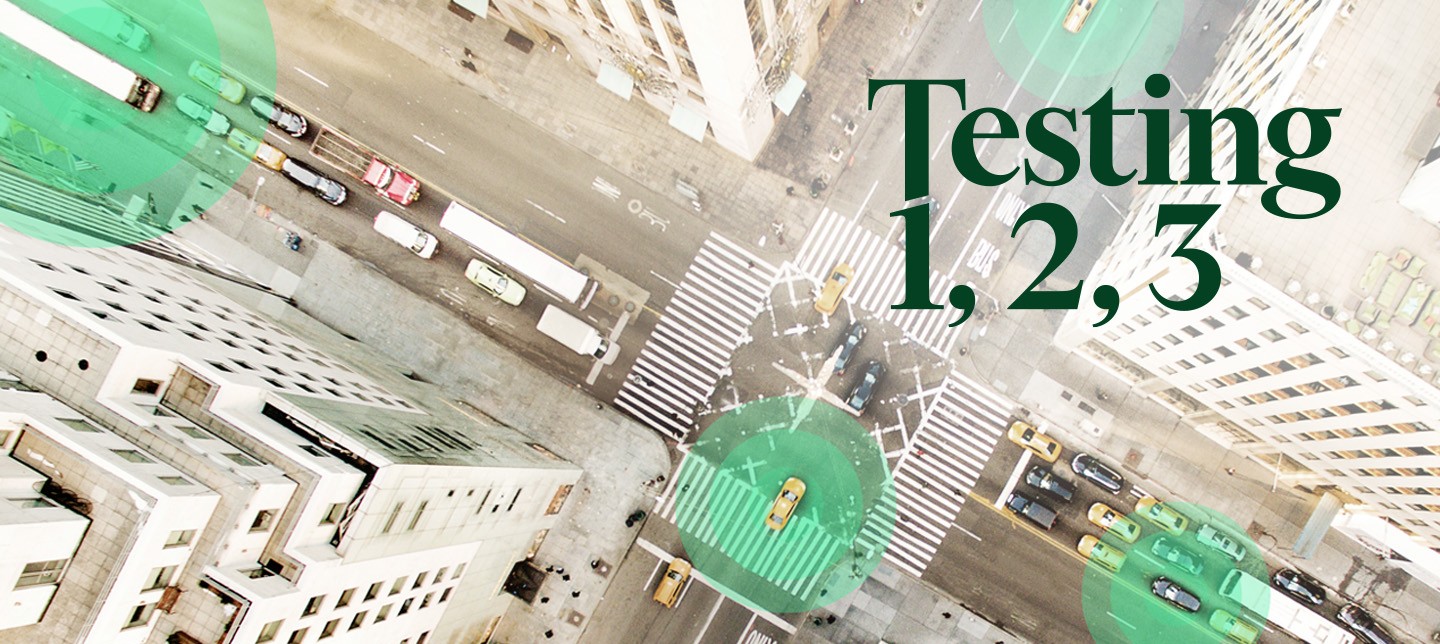
Stop Wasting Your Data
In a digitally transformed world, it's simply unacceptable for test and measurement data to remain in unreachable silos.

“When will my autonomous vehicle be ready?” is a common question. A less common but equally important question is, “When will the infrastructure to support that autonomous vehicle be ready?” Until now, our roads have been designed with only the human driver in mind, which makes things hard for autonomous vehicles. The best traffic light for human eyes and autonomous vehicle sensors might look very different.
Infrastructure bills around the world are posing a related but overarching question: should future development be optimized for driverless vehicles, humans, or both? What needs to come first: widespread autonomous vehicle adoption or the roads to support that adoption? Even if progressive infrastructure development projects pass that fundamentally change our roads and cities, that change will be gradual, leading to some inevitable interim where autonomous vehicles must contend with subpar conditions. That’s where test, and specifically simulation, come in to play—to make sure autonomy algorithms are trained to handle the variety of conditions vehicles will encounter on roads today and into the near future.
In “The Future of Mobility,” the latest episode of NI’s “Testing…1, 2, 3” podcast, Beth Osborne, director of Transportation for America, and Jason Marks from NI discuss how test and simulation can help ensure the safety and efficiency of Vision Zero technology, from self-driving cars to smart infrastructure.